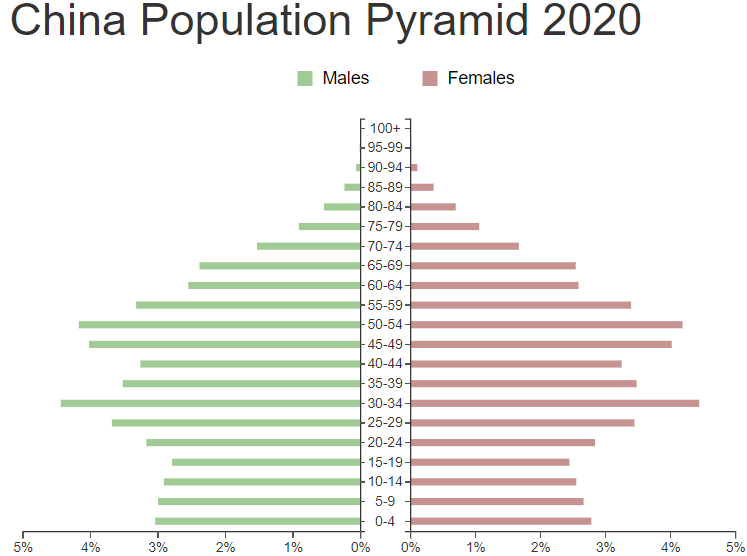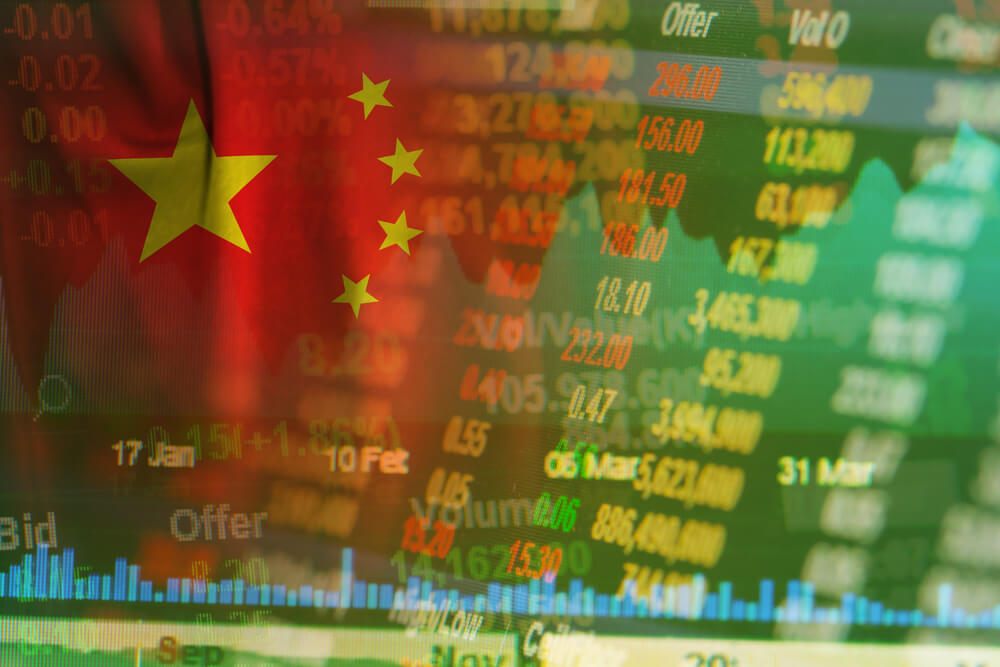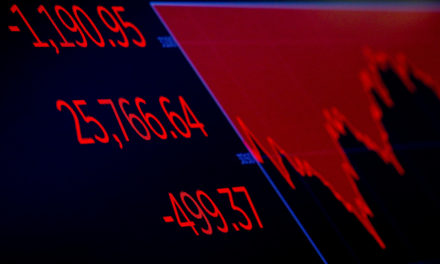In the U.S., there are more job openings than job seekers. The latest data from the Labor Department showed there were more than 10 million job openings and only 8.7 million unemployed.
This creates problems for businesses who can’t meet customer demand. It’s also led to reports of higher wages which, if sustained, could lead to higher inflation.
But the U.S. is not the only country facing this problem. China is also facing a worker shortage.
China’s Labor Crisis
The Wall Street Journal notes China is struggling with a worker shortage. Many younger people are attending college and seeking management positions rather than manufacturing jobs which drive China’s economy.
To fill its factories, China has long relied on migrant workers. Now, they are also staying away from factories. In 2019, China employed almost 291 million workers from other countries. In 2020, that number dropped by 5.2 million.
The shortage of migrant workers may be a short-term problem. As COVID-19 fears recede, workers should return to factories. This trend could accelerate as managers raise wages to attract workers from the diminished supply pool.
But, according to The Journal, “China’s problems also reflect longer-term demographic shifts—including a shrinking labor pool—that are legacies of the country’s decades long one-child policy, which was formally abandoned in 2016.”
The chart below shows the long-term problem.

Source: IndexMundi.
A population pyramid is a chart showing the relative size of different age groups. The sharp decline in the number of individuals below 29 years of age is a concern for China’s labor crisis. More migrant workers will be needed to fill China’s factories and that could lead to higher wages to attract workers from around the world.
Experts note, “Those trends pose a serious threat to China’s potential long-term growth rate. They will also make it harder for China to keep supplying the world with cheap manufactured goods, potentially adding to global inflationary pressures.”
This is an inflationary concern without a solution. Population growth isn’t transitory since China’s problem is locked in for the next 30 years.
I don’t like working more than I have to.
That’s why I found a way to beat the market by making one simple trade per week.
Last year, this trade helped me beat the market eight times over.
It’s a great way to accelerate your gains. Click here, and I’ll show you how it works.
Michael Carr is a Chartered Market Technician for Banyan Hill Publishing and the Editor of One Trade, Peak Velocity Trader and Precision Profits. He teaches technical analysis and quantitative technical analysis at the New York Institute of Finance. Mr. Carr is also the former editor of the CMT Association newsletter, Technically Speaking.
Follow him on Twitter @MichaelCarrGuru.





